
After a delicious and beautiful 48 hours touring each Prince Edward Island and Cape Breton Island, our travels took us to the hip metro port of Halifax, and the start of four scant days in Nova Scotia. We headed for a downtown stay at The Residence Inn on Grafton Street, located a few blocks below The Citadel National Historic Site. Maintained by Parks Canada (another opportunity for the Xplorer Program for kids), The Citadel is perched atop a hill overlooking the harbor allowing protection of the early Halifax settlers in the mid 1700’s.
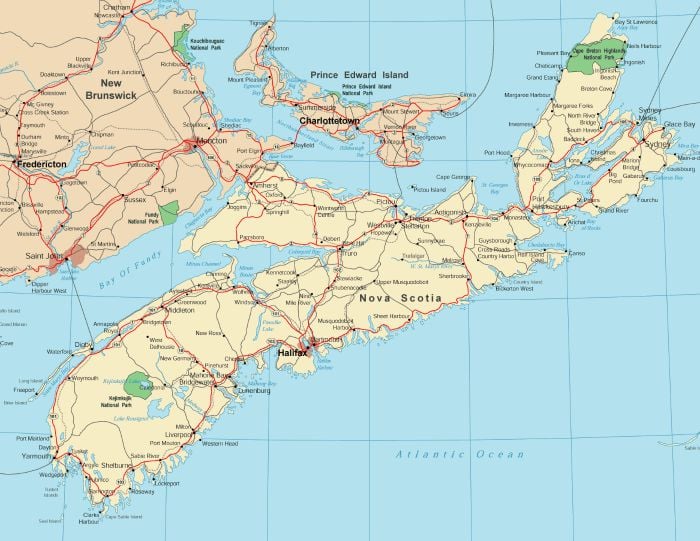
When driving in to Halifax one sees evidence of the shipbuilding focus across the industrial landscape. Indescribably large warehouses where the ships are built; companies lining the waterway which are related to the sea industry. The downtown is on a hill with only a few blocks between The Citadel and the harbor, lending an intimate feel to the vibrant university town.
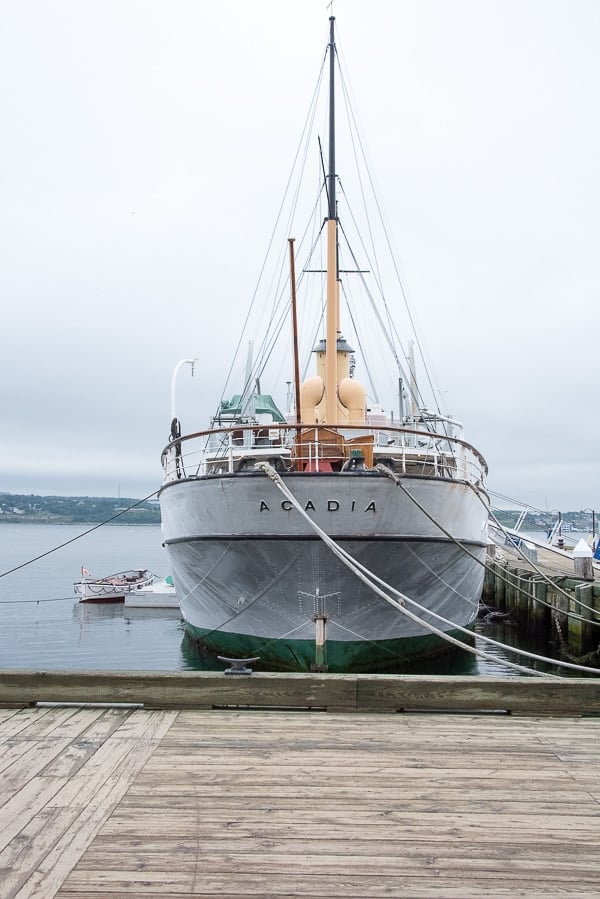
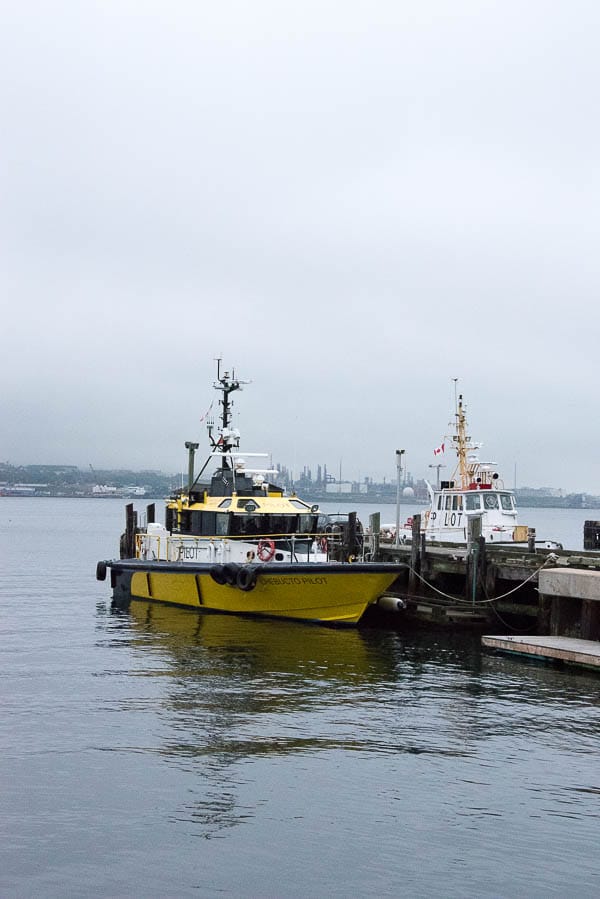
Our dining investigation uncovered a dense availability of eclectic restaurants all within blocks, making the decision of where to eat challenging. We set our sights on a French bistro, Bistro le Coq, with excellent reviews and only a block below our hotel on closed to traffic Argyle Street (which can’t be missed thanks to the argyle pattern painted on the street itself.)
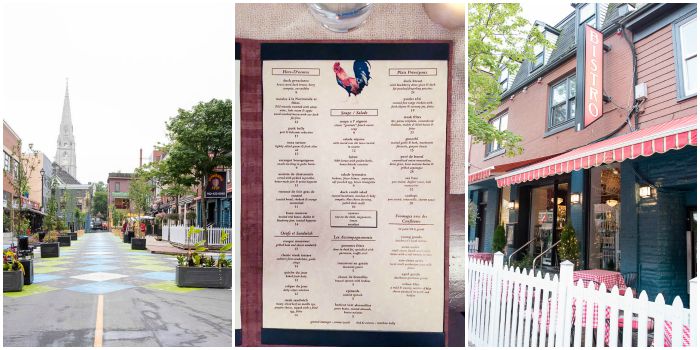
Bistro le Coq was an exceptional dining experience. The wait staff speak French as well as English and we enjoyed a lengthy chat with our server who was in Halifax to attend Dalhousie University. Our meal started with an appetizer of Bone Marrow, broiled in the half bone served with Shallot & Blackberry Jam as well as Duck Prosciutto, house cured with berry compote and in house pickles. We began to turn our attention from the mussels and oysters of PEI toward scallops which are a signature local ingredient. A main dish of Pan seared Scallops on Ratatouille with Choron Sauce crowned a fantastic dinner. As mentioned in a prior travel segment, dining gluten-free in the Canadian Maritimes is almost effortless. We found our meals on Nova Scotia to be the same, with easy adjustments to gluten dishes still leaving them impressive and special.
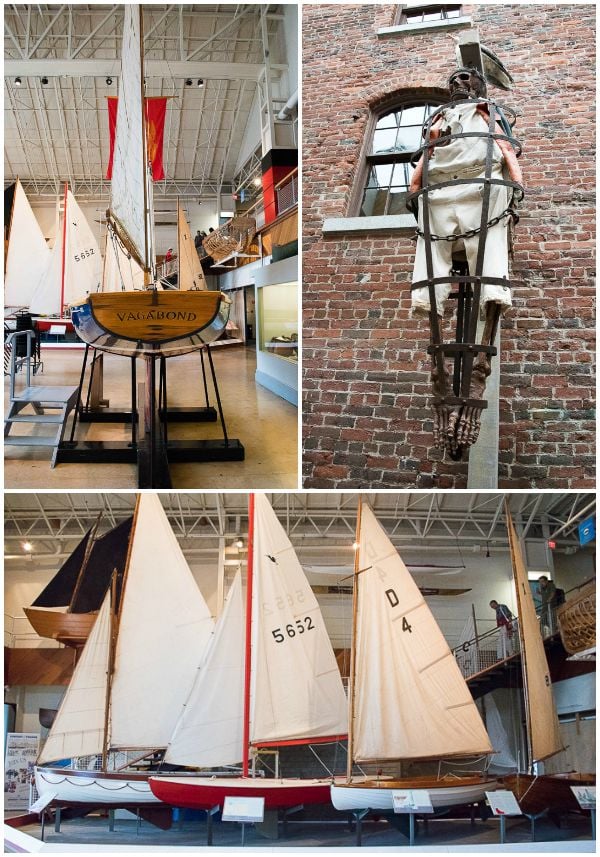
With the role of ship building and the sea faring life being central to Halifax, a visit to the Maritime Museum of the Atlantic seemed apropos to kick off of the following day. A short four block walk from the hotel lands one at the harbor and the waterside museum. The museum is small only taking 1-2 hours to see. Our prime interest was the Titanic exhibit which contained a number of artifacts from the luxury liner’s shipwreck with an iceberg a mere 600 miles from Halifax. The proximity left Halifax as the first responders as well as orchestrators of the follow on investigations, caring for the rescued and dispositioning the deceased passengers. The museum also has a beautiful collection of ship models and full size vessels illustrating different shipbuilding techniques.
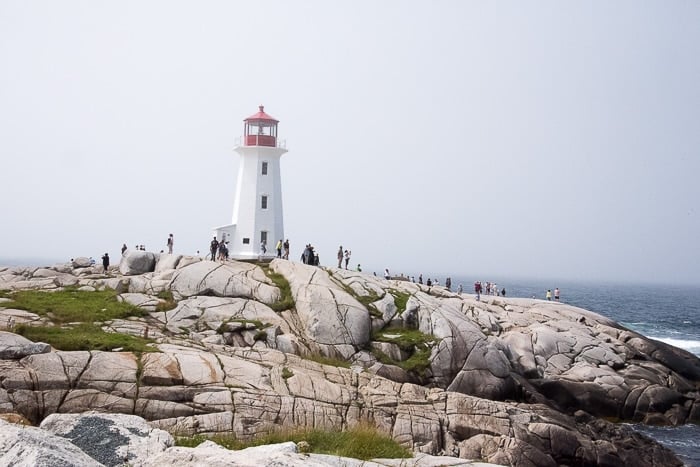
Being on a tight timeframe we mounted up and drove west to Lunenburg for our next adventure. Driving along the Atlantic Ocean on the southern shore about 25 miles from Halifax, we made a stop to see the Peggy’s Cove Lighthouse, which bears the distinction of the most photographed lighthouse in Canada. It’s easy to see why with its fresh white and red paint standing primly on the rocky coastline. At high tide the violent waves create a striking backdrop for photos but unfortunately also a deadly one for hapless selfie-takers on the slippery rocks. If visiting please heed the warnings and do not put yourself in harm’s way.
The picturesque town of Peggy’s Cove is an active fishing village, with small clapboard cottages dotting the grassy hills. Its current day main attraction, however, is tourism and the day we visited the parking was miles away to get to the lighthouse as tourists had filled all parking lots and were parked on the sides of the road. We opted to do a drive by instead, thinking on a less crowded day it would be a fun place for a meander.
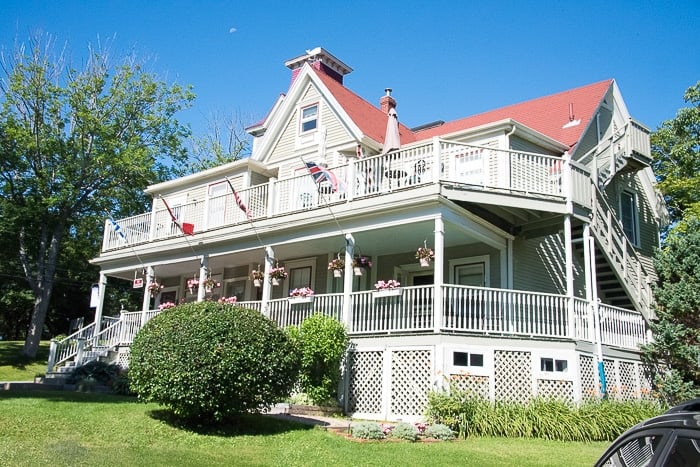
We arrived in the charming town of Lunenburg but not before passing through Mahone Bay which looks like the quintessential seaside town with colorful cottages, small businesses and beautiful scenery. I recommend a stop if in the area. Once in Lunenburg we went directly to our Victorian Bed and Breakfast for the night: The Lunenburg Inn. The inn was originally built in 1893 as a private home and was opened to traveling visitors in 1924. Joseph Kennedy, the father of President John Kennedy, was apparently a frequent guest at the Inn back in his alleged bootlegger days. It still bears the ambiance of the bygone era with many special touches such as a rooftop terrace with tables to enjoy the view and a reading room with books to borrow and a computer. The heart of the inn is most certainly Donna, the proprietor (along with her husband), who is an endless wealth of information with boundless energy. She tipped us off that we could leave our car and walk into town, about 15 minutes, which saved us trolling the streets for the ever elusive parking during the summer season. The breakfast at The Lunenburg Inn is hearty and homemade, and with advanced notice most allergies can be accommodated. We had a delicious meal complete with gluten-free bread made fresh.

Lunenburg is a UNESCO World Heritage Site for its outstanding example of British colonial settlement in North America. The town has unending charm with brightly colored homes and businesses, standing extraordinarily tall on the rolling hills of the town. The stature of the building immediately caught our attention as their scale seemed unnaturally grand. I expect the height gave an advantage with the fishing industry and keeping an eye to the sea.
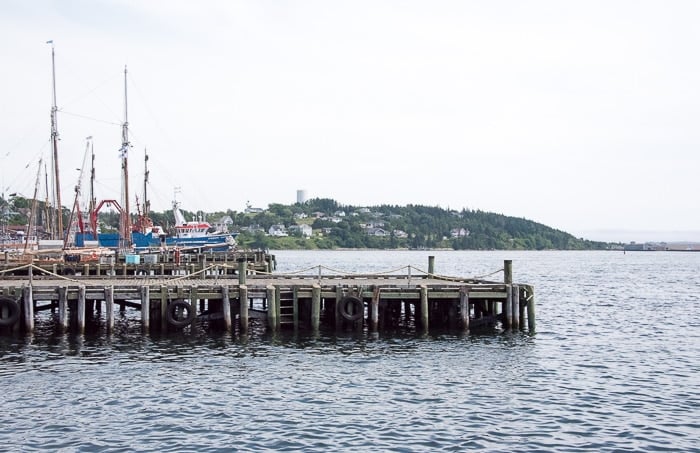
The town is brimming in historical lore which can be explored at the Fisheries Museum of the Atlantic as well as the tall ships on the pier. The museum unfolds local history of the fishing industry, maritime artifacts of the area, stories of history-making tragic storms, an aquarium of Atlantic species and the history of the Bluenose, a fishing and racing schooner reputed to be the fastest sailing ship of the time (an image of the ship is featured on the Canadian dime). A modern replica, the Bluenose II can be toured (free) at the docks and it also goes out for sailing tours (information and reservations may be made on the pier). Cute shops in Lunenburg offer a step up from typical tourist fare though souvenirs and t-shirts are available as well.
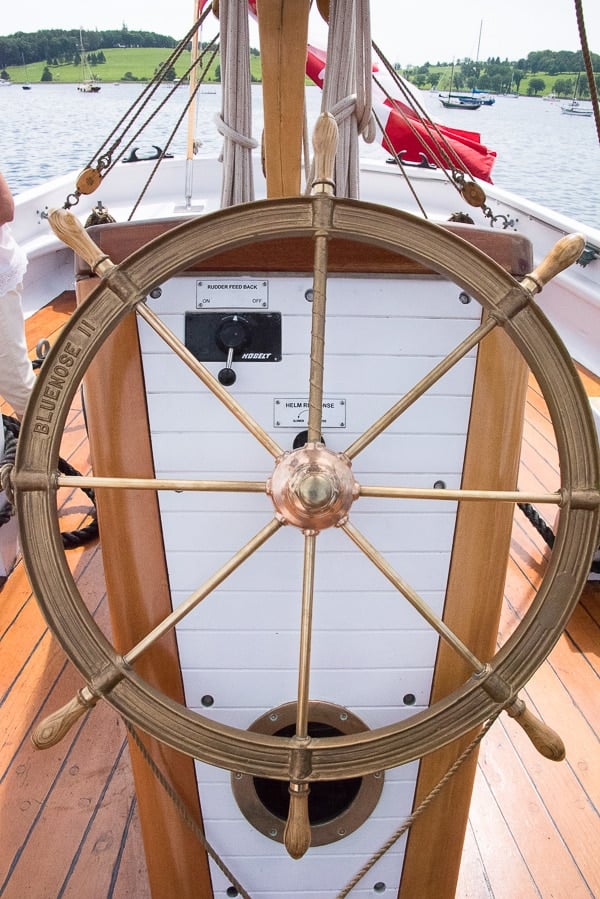
A dining gem came to our attention just as we began our trip with enough time to secure a dinner reservation. The Fleur de Sel is a 5 star French restaurant serving innovative dishes with local ingredients housed in a cozy house near the water front. We found the food to be immaculately presented and creatively prepared in a charming setting without pretense. A first course of In House Smoked Salmon, house cured Jamon, Sea Asparagus, Crème Fraiche, Smoked Ham and Sea Parsley Vinaigrette set the tone for the meal accompanied by a Summer Bourbon cocktail (watermelon, strawberries, lime juice, simple syrup, bourbon, vermouth, sparkling water and lavender garnish). Followed by Lunenburg Scallops (pan seared Adams & Knickle scallops, chanterelle mushrooms, broad beans, shallots and broad bean emulsion) and a dessert simply titles ‘Chocolate’ (dark chocolate and cassis pot de crème, white chocolate and currant Chantilly, macarons, red currant ice cream, fresh currants) earned our memory of a spectacular dining experience. The owners have two additional, more casual restaurants in Lunenburg, The Salt Shaker Deli and the Fish Shack. I’d put them on your list! As with many businesses in the Canadian Maritimes, Fleur de Sel is seasonal open from late April through October and reservations are suggested.
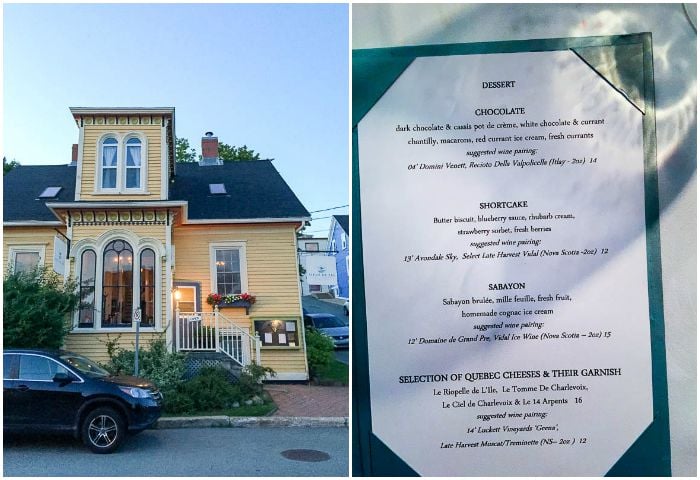
Our last stop in Nova Scotia was Digby on the northwest coast bordering the Bay of Fundy. Our choice was based on catching one of the twice daily ferries to New Brunswick and for the scallops that put Digby on the map as the ‘scallop capital of the world’. Our travel took us on a brief stop at Kejimukujik National Park which has a very large lake perfect for canoeing and then on to Annapolis Valley for a dip into history at Port-Royal and Fort Anne. Both sites are managed by Parks Canada and offer a peek into the events and history shaping the beginning of Canada.
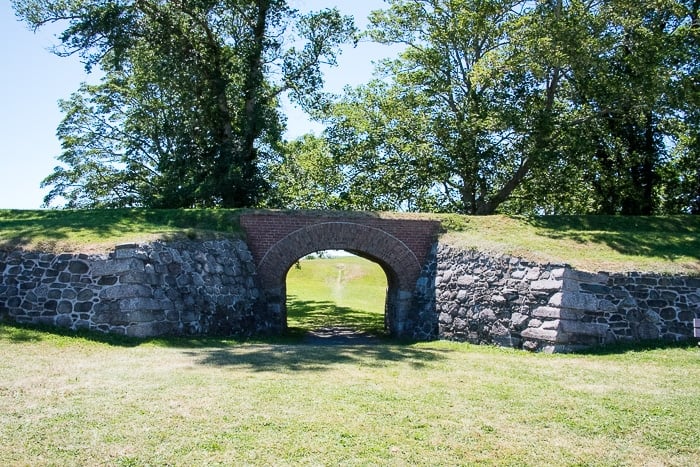


Fort Anne is located in Annapolis Royal and is Canada’s oldest national historic site. A star shaped earthen fort provided protection for the harbor of Annapolis Royal and was a hotly contested domain passing between Scottish, French, Native American (‘First People’) and English settlers. Gunpowder caches where prisoners were held, and officer’s quarters can be toured as well as an onsite graveyard offering glimpses into the past.

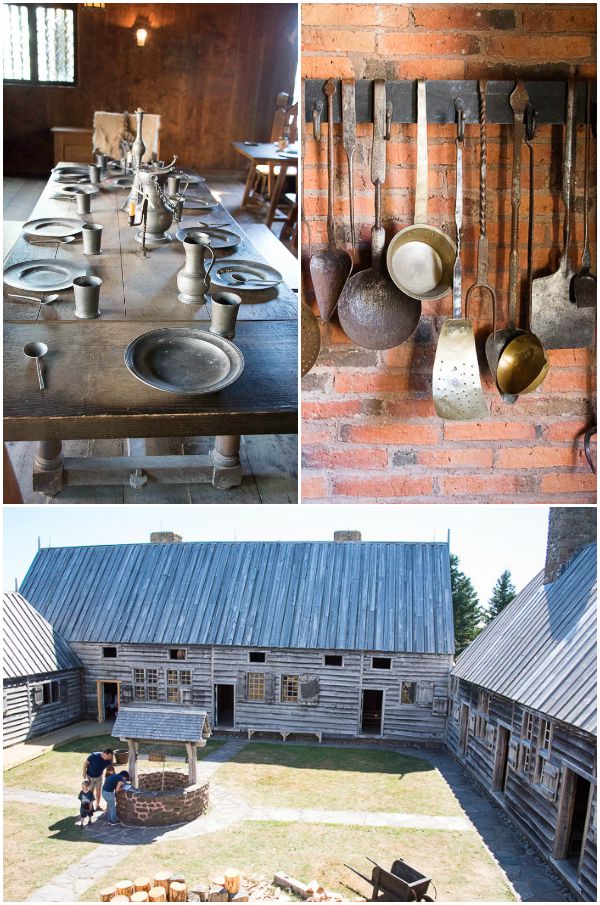
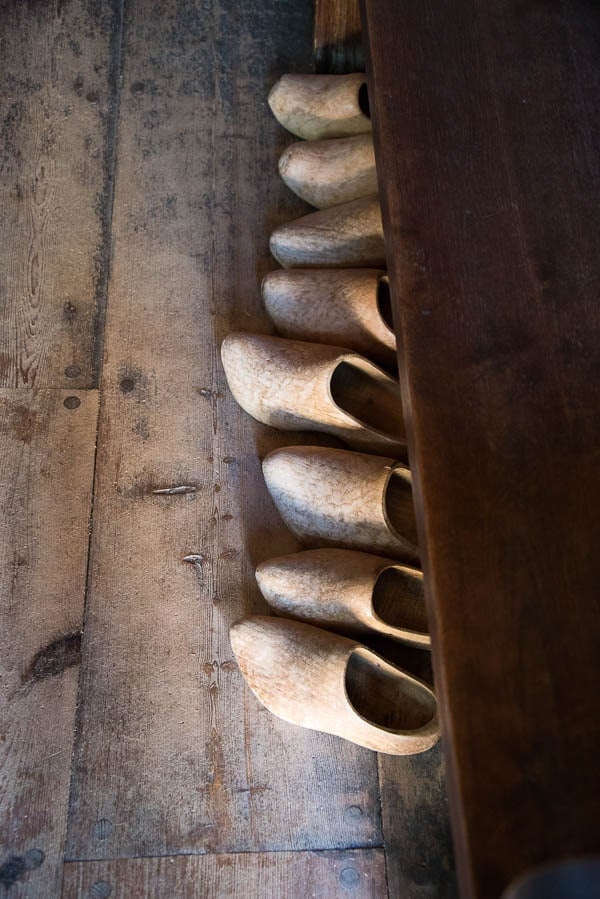
To reach Port-Royal one drives out of town past North America’s only tidal powered electric generation plant, then down a country road ending at the ‘Habitation’, a reconstructed fur trading post, formerly occupied by Samuel de Champlain and the French. Originally the first successful settlement of the French in North America, the British destroyed it in 1613. The French moved the settlement to the current location however, in a chilly November when they were upriver trapping, a group of rogue colonists from Jamestown, paddled up and lit the post on fire leaving all-too-surprised trappers to return to nothing. With winter coming they could not rebuild and they spent the cold months with the Mi’kmaq, Canada’s First People, before returning to France in the spring. Docents in period costume help Port-Royal visitors travel back in time as well as demonstrate hand crafts of the time such as making shingles.

Digby is a small active fishing town, with the world’s largest scallop fleet, which also caters to tourism in the summer months. We arrived in time for dinner and ate on the outdoor patio of the Fundy Restaurant, one of a number of restaurants on the harbor where one can watch the scallop boats return from a day of fishing. Starting with a Fundy Seafood Sampler (steamed mussels, bacon wrapped scallops, and sautéed shrimp) we were once again reminded of the fantastic seafood of the area. Following up with an entree of Fresh Digby Scallops we could not get over their large size and sweet, delicate texture.
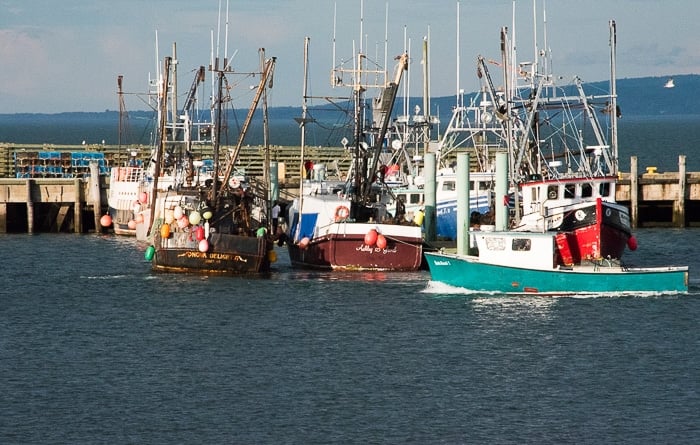
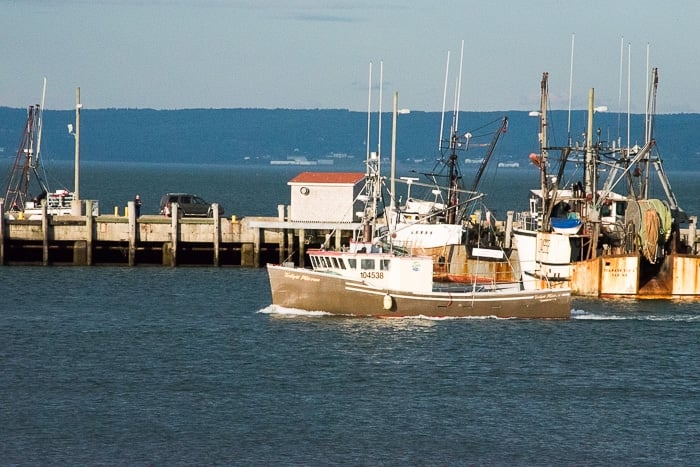
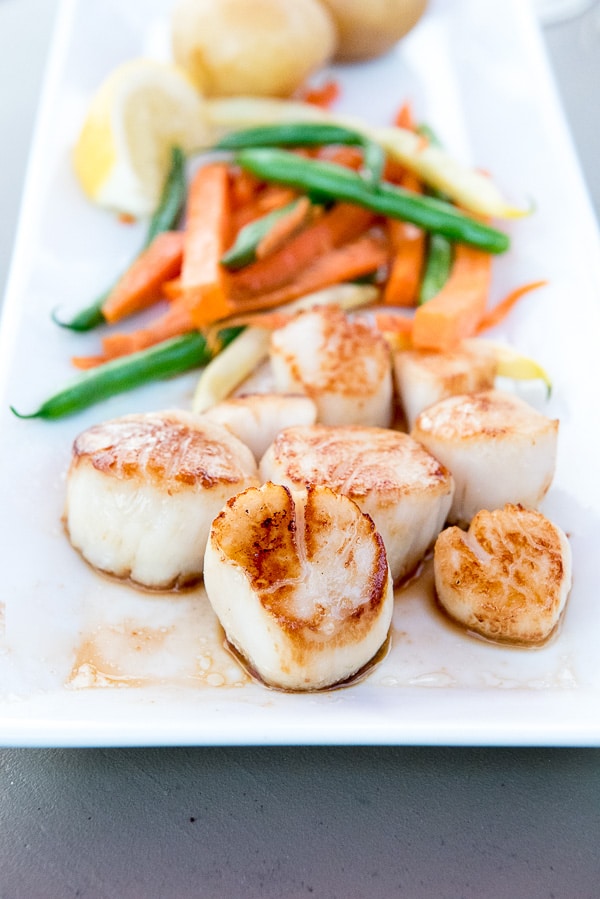
Had we not had the late, multi-course dinner the night prior at Fleur de Sel, I would have loved to dine at the Churchill’s Restaurant and Lounge at the Digby Pines Golf Resort and Spa. The casual nature of Digby proper would not leave one thinking that a country club and upscale eatery was part of the dining landscape. The reviews are great, the menu impressive with local ingredients starring in made to order inspired dishes.

Before retiring for the night, we took a dusk drive to the Point Prim Lighthouse. Standing guard at the Digby Gut (a small channel connecting the Bay of Fundy with the Annapolis Basin), the current lighthouse is the fourth in a lineage beginning in 1804. About a 10 minute drive from Digby, Point Prim is open to the public and a perfect spot to watch the sunset. Arrive early to explore the rocks and tide pools.
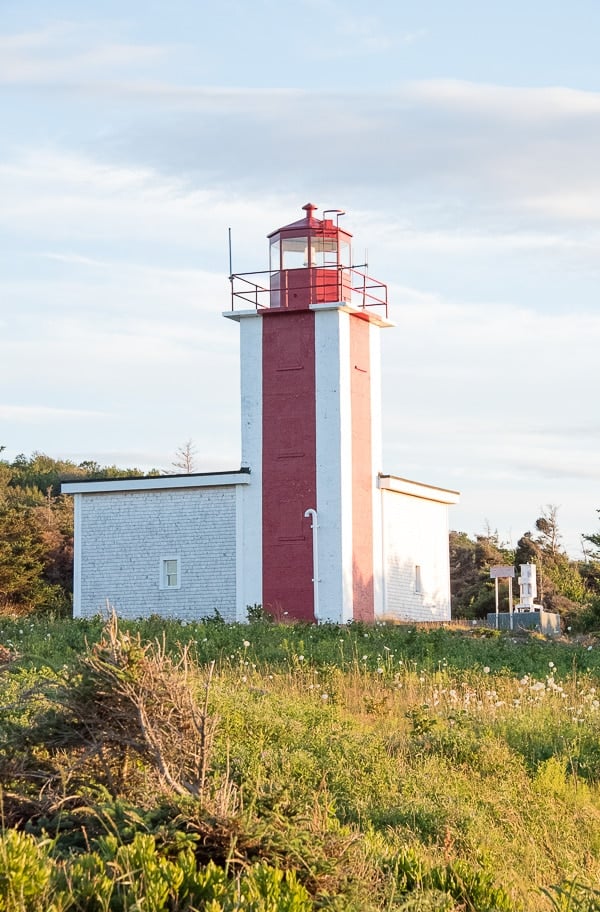
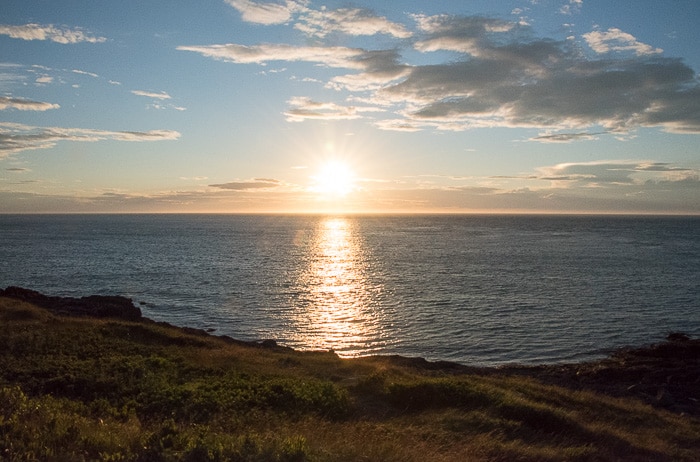
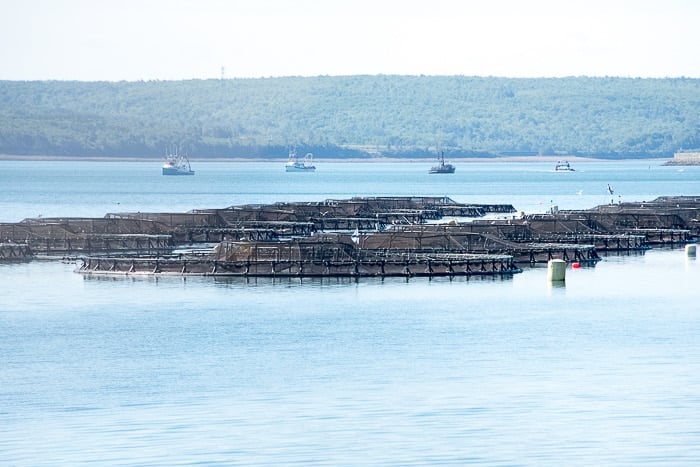
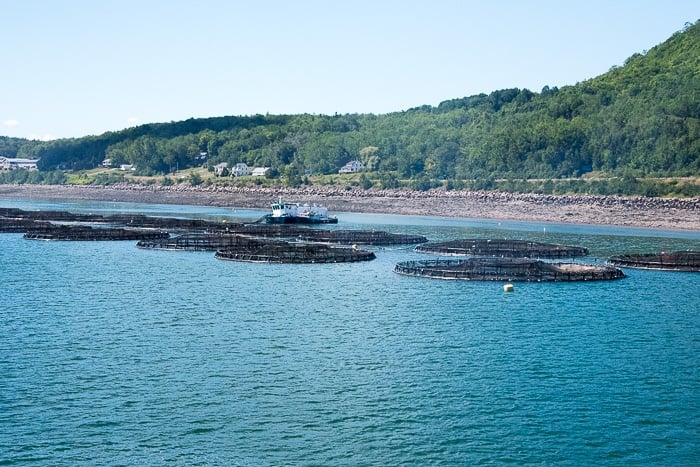
Our last two stops really turned out to be full of surprises and scenic beauty, both rural and urban! Our 6,000 mile road trip through the Canadian Maritimes will resume next weekend. Please check back!
Colleen Cayes says
I echo the sentiments of everyone above and am eager to go myself. I especially thank you for including the maps.
Fariha N. says
Some of my favorite, most beautiful places to spend a weekend with my family. So much to do and see, you never have enough time to do it all so going back is an adventure each and every time!
Toni Dash says
I am sure of that. Our quick trip skimmed only the surface, if that even, and there was so much to take in. It’s beautiful country with fantastic local food and a rich, fascinating history!